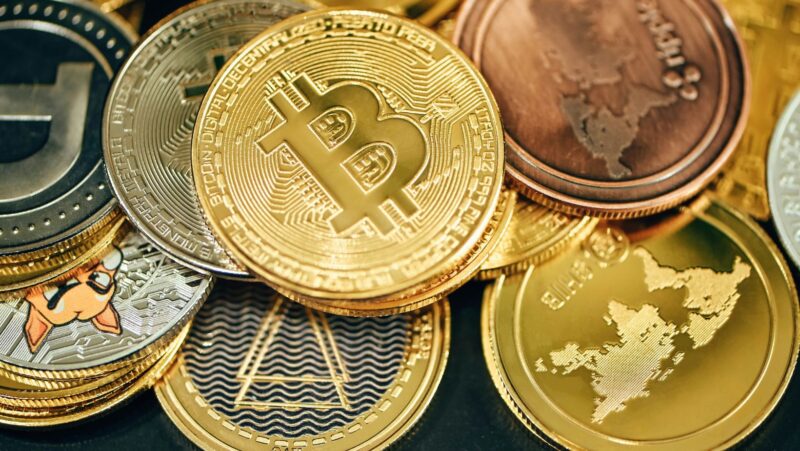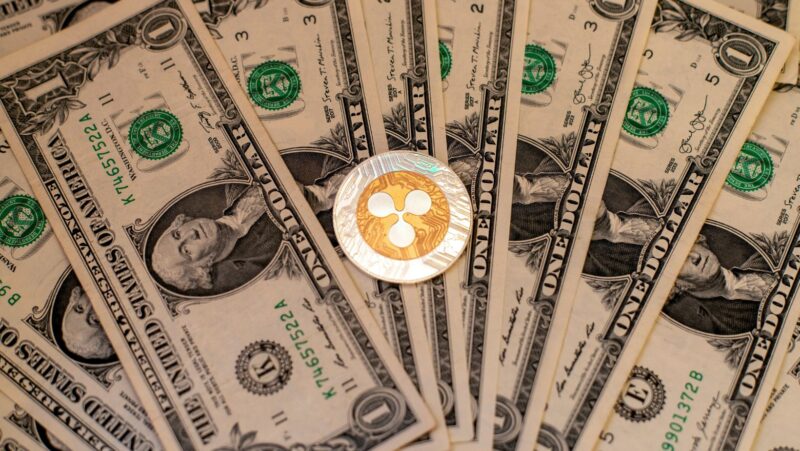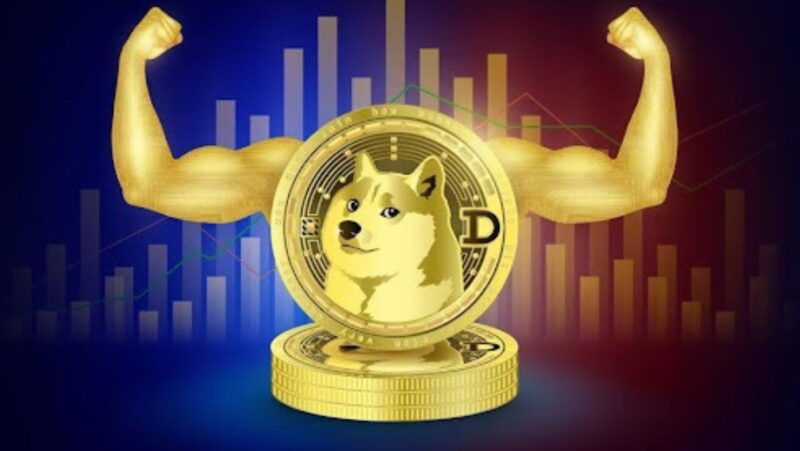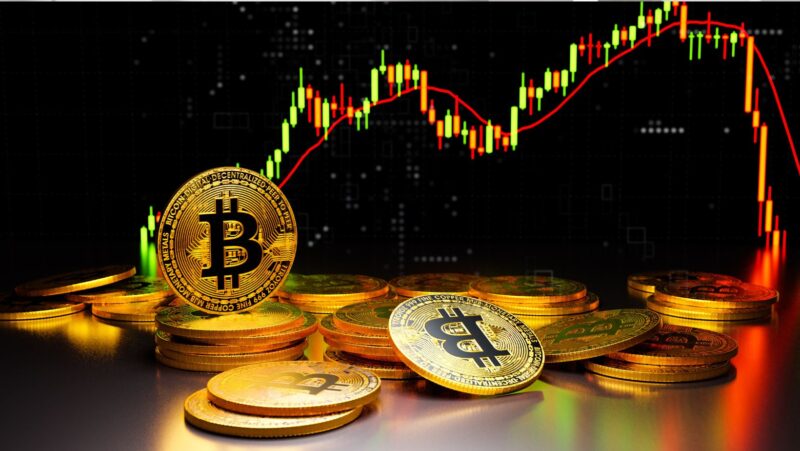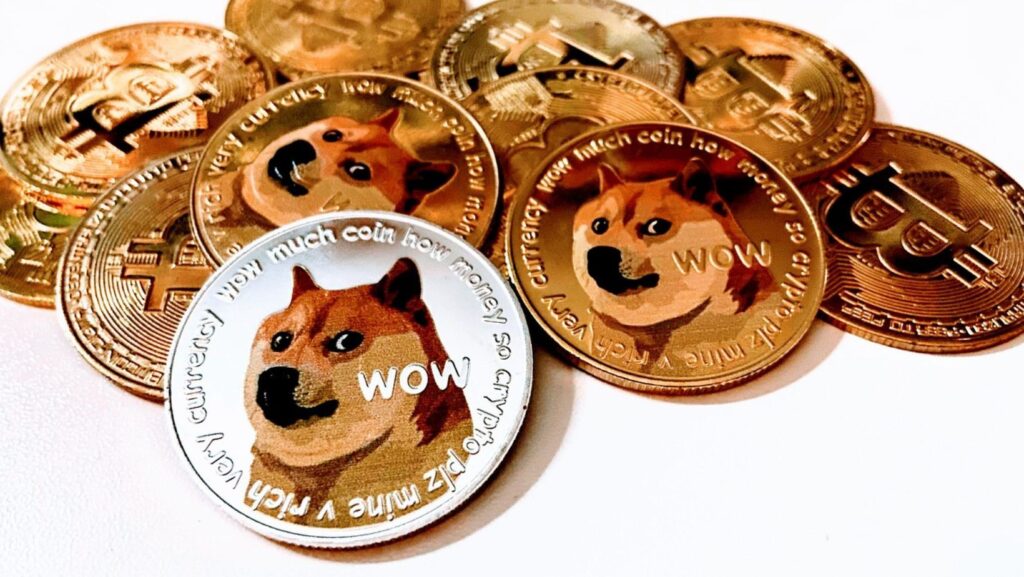
A simple joke can take on a life of its own. Once it enters the public sphere, especially on the Internet, it mutates: new versions appear, it’s used in different contexts, and its meaning can shift entirely. This is the story of Dogecoin, a fun, light-hearted alternative to Bitcoin that reached a market capitalization of $38.21 billion. In 2013, software engineers Billy Markus and Jackson Palmer created Dogecoin to mock the strong excitement, interest, and passionate eagerness of others towards crypto. Palmer openly criticized how people were investing huge amounts of money into digital assets without even understanding them.
The name Dogecoin comes straight from the Doge meme, which was super popular around the time the coin was launched. Doge is a slang term for dog, and it’s first and foremost associated with images of Shiba Inu, nicknamed Shibe, and internal monologue captions in Comic Sans font like “such wow”, “very crypto”, “so currency”, and “much coin”. Just like Bitcoin, Dogecoin can be mined and used to buy stuff, but there’s no supply limit, so each individual coin tends to be less valuable. Still, if lots of people want Dogecoin, the Dogecoin price can still rise, even with an unlimited supply.
These are the beginnings, yes, but Dogecoin is still relevant today, and its staying power comes from a mix of community, visibility, and utility. If you’re curious to find out more, be my guest.
Dogecoin Is The Original Meme Coin
Dogecoin started as a tweet and ended up as a crypto worth serious money. In online circles, it became popular in the blink of an eye, with forum threads moving so fast that users could barely keep up. Newcomers were drawn in by the humor, while veterans marveled at how a parody coin was outpacing serious projects. Reddit pretty much lit the fuse on Dogecoin’s rocket to fame. The subreddit r/Dogecoin count jumped by thousands just a couple of months after the genesis block, and today, it has about 2.5 million subscribers. Reddit users used to send Dogecoin to one another as a reward for quality posts.
Dogecoin paved the way for meme coins like Shiba Inu, PepeCoin, and Floki. Meme coins are cryptos that are shaped by the language and imagery of Internet culture, and the hype around them is often short-lived and fueled by social media. Dogecoin doesn’t have a roadmap like Bitcoin, but the Doge Army and devs have tried to improve the blockchain, focusing on making Dogecoin faster, cheaper, and more secure. Back in the day, Dogecoin was widely used by Redditors to tip others, so devs reduced the default transaction fee from 1 DOGE to 0.01 DOGE.
Why Elon Musk Cares About Dogecoin
Like many altcoins, Dogecoin lingered on through the years, quietly traded by loyal fans and meme enthusiasts even as newer, flashier tokens came and went. It never vanished; it just hovered in the background. Then, seemingly out of nowhere, Elon Musk, the first person to ever see the wealth top $500 billion, answered a tweet from the official Dogecoin Twitter (now X) account that asked “Who should be the CEO of Dogecoin?”. Musk continued tweeting about Dogecoin, posting memes like “Doge barking at the moon” that helped the coin become liked and accepted.

Musk even changed Twitter’s blue bird logo to the Dogecoin Shiba Inu in April 2023, causing many people to react, often emotionally and irrationally. Musk didn’t give a detailed explanation, but he later tweeted a meme hinting at the change, embracing the playful and meme-driven nature of the move. His lawyer/associate, Jared Birchall, joined the Dogecoin Foundation as a representative. Musk called Dogecoin “the people’s crypto” because it’s affordable, has low transaction fees, and taps into the playful symbols that shape modern identity and creativity. He publicly announced that he personally owns Dogecoin, alongside Bitcoin and Ethereum.
Is Dogecoin Actually Useful?
Dogecoin is a fork of a coin called Luckycoin, which had before forked from Litecoin, which itself originated as a fork of the Bitcoin blockchain network. So, even if Dogecoin isn’t a direct fork of Litecoin, it is a descendant of it via Luckycoin. Dogecoin offers quick transaction times, about one minute for confirmation, and ultra-low fees, which makes it ideal for the transfer of extremely small sums. In the traditional system, sending $0.01 through a credit card or PayPal would cost more in fees than the transaction itself. Dogecoin can process up to 30 transactions per second.
Dogecoin’s use cases have evolved over the years to the point where it’s accepted as payment for goods and services. You can buy anything from burgers to flight tickets. Some businesses, both online and offline, allow customers to pay with crypto, so you simply need to send the required amount of Dogecoin to their wallet address. You can convert Dogecoin back into fiat currency that you can withdraw to your bank account. On peer-to-peer trading platforms, you can negotiate terms like prices, exchange rates, payment methods, and so on.
Wrapping It Up
Dogecoin has been linked to several pump-and-dump schemes, where fraudsters spread false or misleading info to create a buying frenzy that’ll pump up the price of a crypto before dumping their holdings at a profit. To fraudsters, Dogecoin is about getting rich. The participation of these swindlers in the Dogecoin market shunned those looking to use the meme coin, who now believe it’s a speculative asset that’s not worth considering. Another controversy surrounding Dogecoin is the toxic behavior within its community, which has led Billy Markus to issue warnings about devaluing the brand.
While Dogecoin has shown surprising resilience, it’s not necessarily likely to live on as long as Bitcoin, whose foundation is far stronger, and its long-term survival is backed by deeper economic and technological factors. What keeps Dogecoin alive is a loyal community of die-hard fans, celebrity endorsements, especially Elon Musk, and a low entry price and ease of use. Unless it pushes new features or upgrades, Dogecoin risks falling behind more advanced blockchains.







